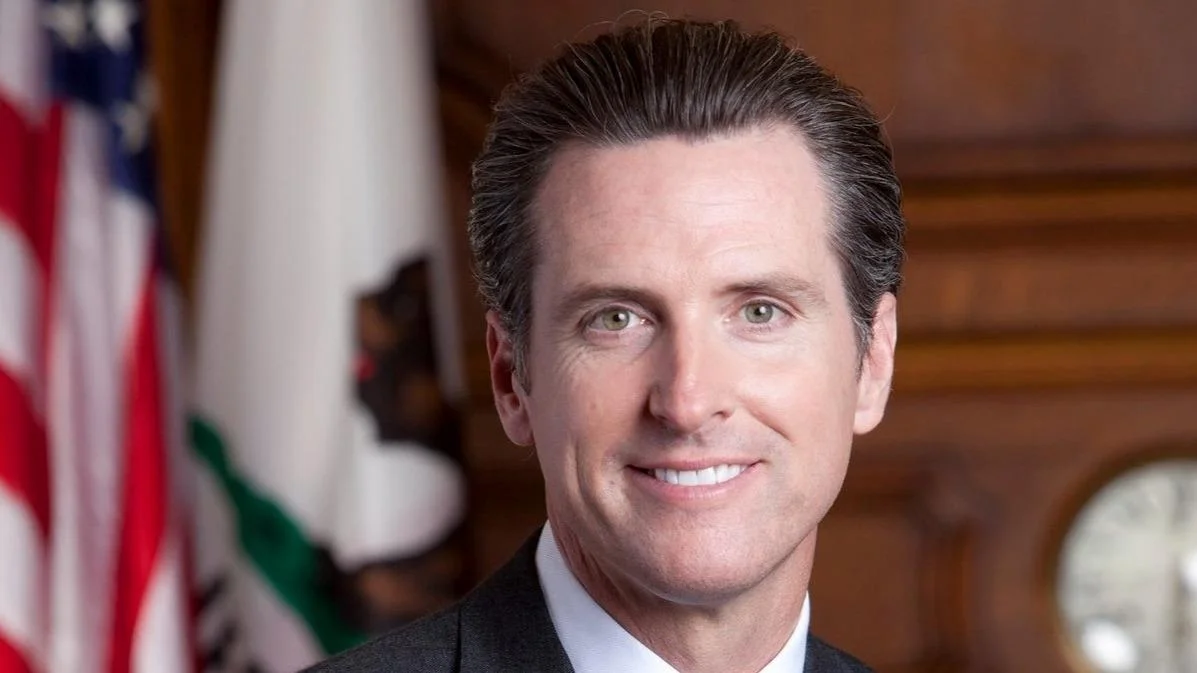
Gavin Newsom, Governor of California | Official website
Governor Gavin Newsom announced the granting of 23 pardons and 10 commutations on August 29, 2025. This brings his total clemency actions while in office to 247 pardons, 160 commutations, and 42 reprieves.
According to the Governor’s office, many individuals receiving clemency had experienced difficult childhoods, trauma, or mental health issues. The statement notes that these factors impacted their decisions and lives, particularly when treatment resources were not as available as they are today. The Governor’s office said those granted clemency have since taken responsibility for their actions and contributed positively to their communities.
“These grantees were recommended for clemency by correctional staff, teachers, and community and religious leaders, as well as state courts.”
The process for reviewing clemency applications includes consideration of self-development after conviction, conduct since the offense, public safety concerns, and the impact on communities and victims. The statement emphasized that “clemency does not forgive or minimize the harm they caused.”
A pardon is described by the Governor’s office as recognition of rehabilitation after a conviction and successful reintegration into society. It can remove barriers to employment or public service and restore civic rights.
Commutations are given to incarcerated individuals who have shown significant rehabilitation following their convictions. These actions generally make recipients eligible for earlier parole hearings before the Board of Parole Hearings. The board considers input from crime victims, survivors, and district attorneys before making release decisions. According to the Governor’s office, this process has resulted in a low rate of reoffending among those released.
Victims, survivors, and witnesses are encouraged by the Governor’s Office to register with California Department of Corrections and Rehabilitation’s Office of Victims and Survivors Rights and Services if they wish to receive updates about an incarcerated person’s status or access other support services.
Further details about the clemency process can be found on official state resources.
 Alerts Sign-up
Alerts Sign-up